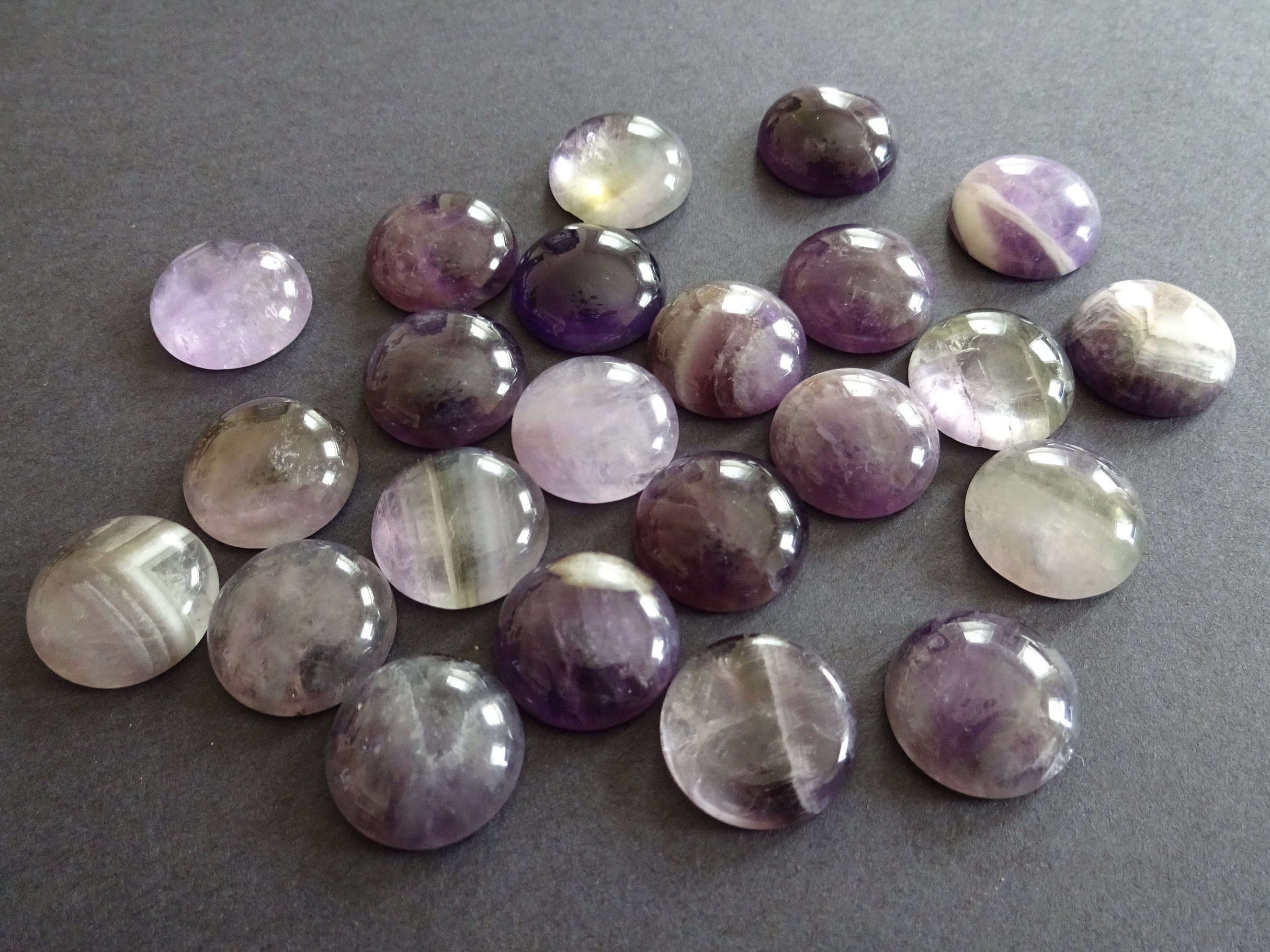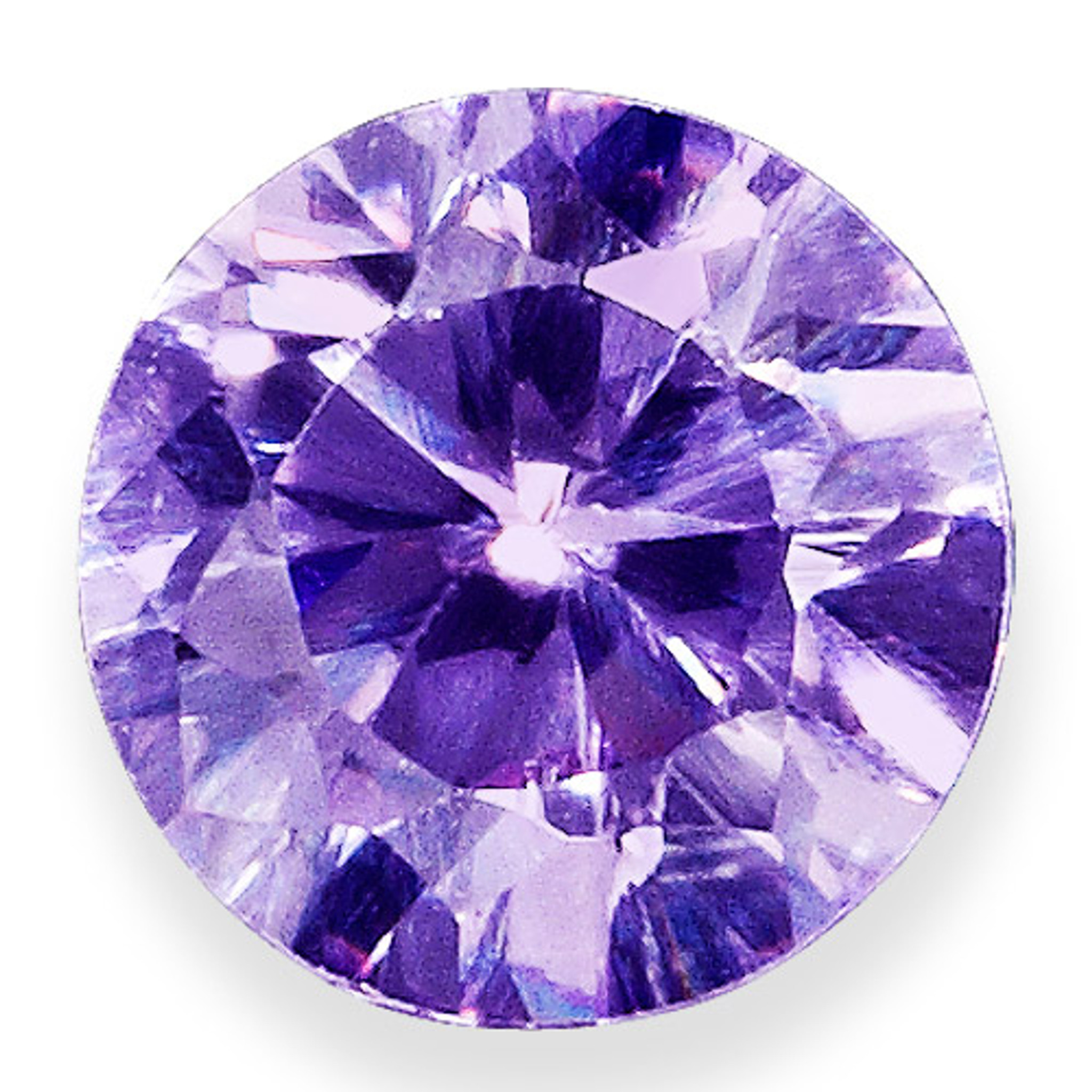

May also be incorrectly used in the gem trade to describe any deeply colored Amethyst.Īmethyst is sometimes heat treated to deepen the purple color and transform lighter colored stones into deeper hues. Term originally used to describe very deeply colored Amethyst from Siberia in Russia. Light green gem form of Quartz that is artificially colored by heat-treating certain types of Amethyst. This terms is also sometimes used in the gem trade to refer to any South American Amethyst.

Amethyst from the South American country of Bolivia. Amethyst Quartz is usually tumbled or polished into beads. Is purple on top and white or clear on the bottom. Mixture of Amethyst and Milky Quartz (or clear Quartz). This term in the gem trade usually applies to deeply colored or darker Amethyst. Amethyst originating from the continent of Africa. Tumbled beads of purple Amethyst mixed with white Quartz are also used as necklaces and bracelets. Lower quality Amethyst is an important bead gem and can also be cut into cabochons. Ornamental objects are occasionally also carved from large pieces.

Many large gems weighing several hundred carats have been cut from Amethyst. (See the dedicated page for Ametrine page for more details.)Īmethyst is faceted into many cuts, and is used in all forms of jewelry including rings, necklaces, earrings, bracelets, and pendants. Because of this, Amethyst with any visible flaws or inclusions should be avoided.Ī natural mixture of purple Amethyst and golden Citrine has been coined with the trade name "Ametrine".
AMETHYST BIRTHSTONE FREE
Due to the abundance of Amethyst, it is usually clean and free of flaws or inclusions. Some Amethyst from a few locations may slightly fade in color upon prolonged exposure to light.Īmethyst can occur in huge flawless crystals, and gems of all sizes have been faceted. Care should also be taken with Amethyst as it is known to form curve shaped fractures if banged too hard. The color distribution of Amethyst is sometimes uneven, and this is often taken into account when cutting a stone. African Amethyst is generally more deeply colored than South American Amethyst, and the label "African Amethyst" in the gem trade may be improperly used to describe a deeper color stone even if it didn't originate in Africa. Some dealers may sell deeply colored Amethyst from other locations as "Siberian Amethyst" to generate a higher selling value. It originates from deposits that have since been exhausted and therefore command a high price. Amethyst from Russia, colloquially known as "Siberian Amethyst", is very deeply colored with reddish and bluish tints.

For example, Amethyst from Uruguay has a deep purplish-blue color, as does Amethyst from Arizona. Some forms of Amethyst may also change to a light green color upon heat treatment, and such stones are given the name Prasiolite, or " Green Amethyst", as it is more commonly known in the gem trade.Īmethyst comes from many different mining sources, some of which produce distinct color styles. Amethyst is sometimes heat treated to deepen the color, or to transform it into Citrine. The color of Amethyst is most often caused by iron impurities, though it can also be colored by natural radiation exposure. Quartz also contains other gemstones such as Citrine, Rose Quartz, and Smoky Quartz. Amethyst is the purple variety of the mineral Quartz, and is its most famous and valuable gem variety.


 0 kommentar(er)
0 kommentar(er)
